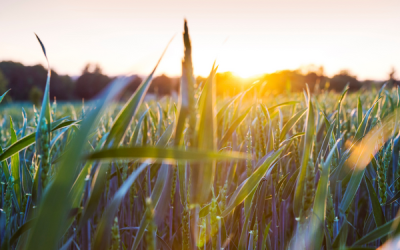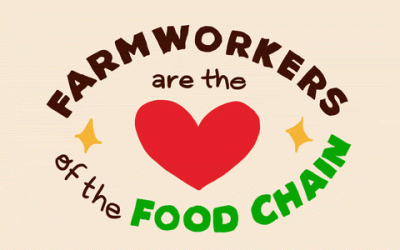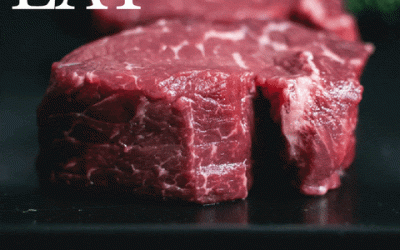Cattle and other livestock continue to show off their contribution to conserving the environment.
Wildfires are undoubtedly an issue, especially out west, as millions of acres burn every year. And the USDA has a prescription to help manage the impact: grazing.
The USDA’s Agricultural Research Service (ARS) is using cattle to graze sagebrush communities to benefit grassland ecosystems. ARS studied prescribed grazing to help restore grasslands by having livestock feed on invasive species like cheatgrass and medusahead.
Pumping the breaks: The high-intensity low-frequency (HILF) grazing method is expected to reduce annual grass presence and allow desirable plant species to flourish. This also results in a fuel break that can help stop the spread of wildfires.
Soundbite: “We’re using prescribed cattle grazing as a tool that’s readily available on the landscape and applying it in a way that we can do this year in and year out. We expect this will reduce annual grass presence and allow desirable plant species like perennial bunchgrasses and sagebrush to recover.” — ARS rangeland scientist Pat Clark
HILF is about timing. ARS says it’s important to pay attention to the duration, frequency, and intensity of grazing to meet vegetation objectives.
Where this goes: The ARS conducted a five-year study with the Bureau of Land Management, which concluded in 2023. However, researchers continue to partner with livestock ranchers in Idaho, Nevada, and Oregon to develop long-lasting benefits for U.S. rangelands.
Radicle Growth Supports Radical Development
AgTech startups just got a major boost. And the new platform is totally rad. The...
Farm Labor Update
Ag is long on work and short on labor, with over half of farmers saying they’ve faced labor...
Beefin’ Up Beef Exports
Africa: "We (want) the meats." Beef, specifically. And the U.S. could be poised to provide. There...




